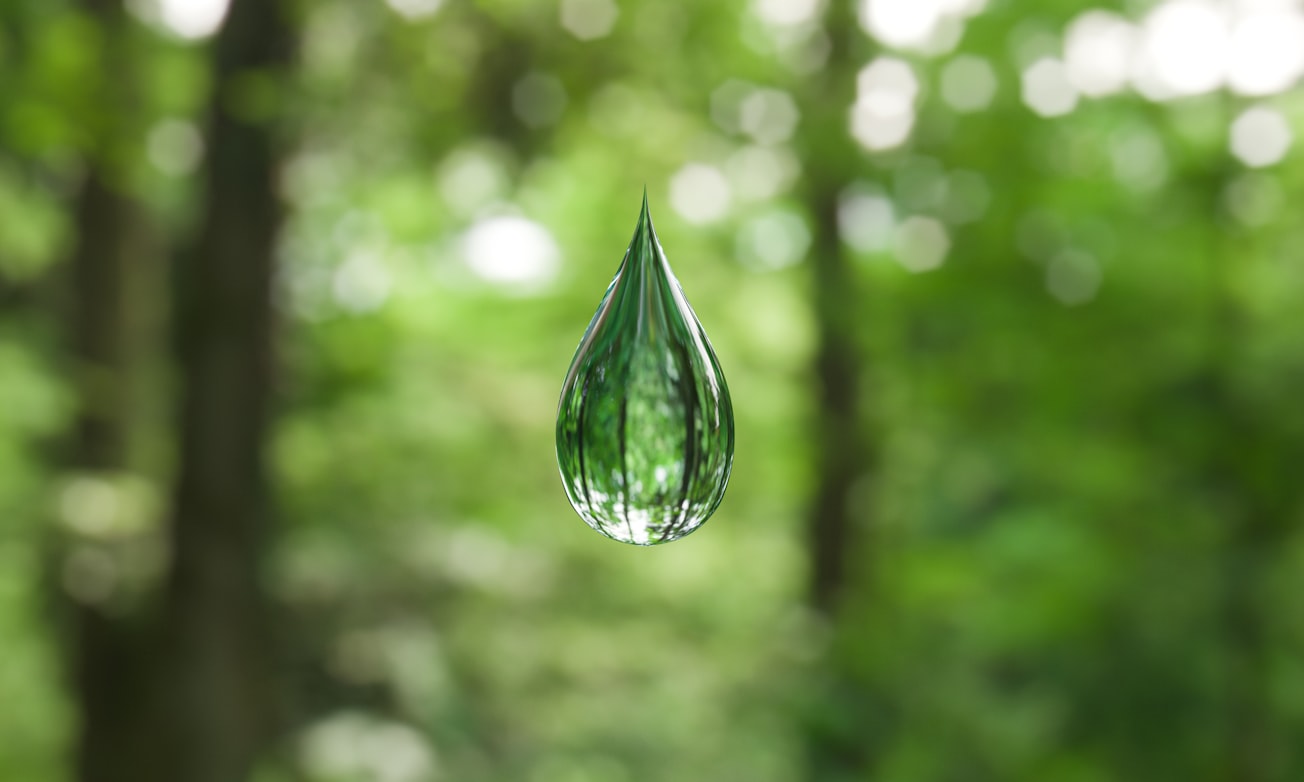What is it about?
Splashing occurs when a drop falls and impacts a surface at a velocity high enough which causes the drop to break up and eject secondary droplets. By using a high-speed camera, we collected images of splashing and non-splashing drops. By using the collected images, we trained an AI to classify splashing and non-splashing drops. After the AI learnt to classify images of splashing and non-splashing drops accurately, we checked how the AI perform the classification. As expected, the main characteristics that the AI checks are the breaking up of the drop's main body and the ejection of the secondary droplets. Remarkably, the AI also checks the contour of the drop’s main body. In other words, if the contour is high, the AI will classify the drop as a splashing drop. The difference in the contour height between splashing and non-splashing drops has not been reported prior to our study.
Featured Image

Photo by ANIRUDH on Unsplash
Why is it important?
Usually, an AI that can accurately classify images is quite complicated and it is almost impossible to understand how it works. However, in our study, we managed to train a simple AI to accurately classify images of splashing and non-splashing drops and to understand the classification process of the AI. As a result, the AI helped us to discover a difference between splashing and non-splashing drops that have not been reported before, that is the contour of a splashing drop is higher than that of a non-splashing drop. Therefore, by understanding how an AI works, we can use it to observe physical phenomena and find new perspectives from it.
Perspectives
It is very exciting to work on this project. To observe a drop splash in slow motion is one of the most beautiful things I have ever seen. Also, finding out how an AI thinks is one of the coolest things that I have ever done.
Dr Jingzu Yee
Tokyo Noko Daigaku
Read the Original
This page is a summary of: Image features of a splashing drop on a solid surface extracted using a
feedforward neural network, Physics of Fluids, January 2022, American Institute of Physics,
DOI: 10.1063/5.0077050.
You can read the full text:
Resources
High-speed videos of splashing and non-splashing drops
The high-speed videos of splashing and nonsplashing drops recorded during the experiment is available on the website of Physics of Fluids.
Official Code on GitHub
The official code of the AI for image classification is available on GitHub
Image-sequence classification of splashing and non-splashing drops using AI
We extended our study to image-sequence classification and presented it during AIAA Aviation 2022 Forum. The article has been selected to appear in the AIAA Showcase on Kudos.
Contributors
The following have contributed to this page







